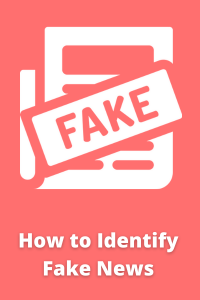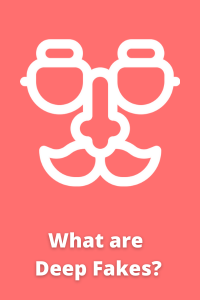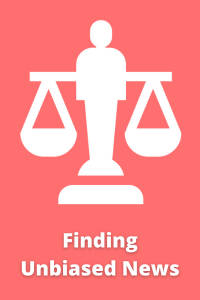Research shows that 1.7MB of data is generated every second of every day for every person on the planet. Not only is this data created, it is often shared and re-shared using social media platforms. So with so much content being created and shared at any given moment, how do we identify what is real from what is fake or simply misinformed?
The below resources can help you wade through the digital information overload of today’s world and identify fake news and misinformation. Be sure to scroll down for more resources.
 Ferret Out Fake News (Ebsco): Use these tips and tricks to make sure that your news or research source isn’t fake.
Ferret Out Fake News (Ebsco): Use these tips and tricks to make sure that your news or research source isn’t fake.
How to Spot Real and Fake News (MindTools): Find out what fake news is, how it spreads, and how to spot it online.
Ten Questions for Fake News Detection (News Literacy Project): Use this quick checklist to make sure you’re spreading good information to friends, family and coworkers.
News Lit Quiz (News Literacy Project): Take this 7 question quiz to test your news literacy.
 MIT Sloan Research About Social Media, Misinformation, and Elections (MIT): This summary explores how misinformation spreads and what can be done about the problem.
MIT Sloan Research About Social Media, Misinformation, and Elections (MIT): This summary explores how misinformation spreads and what can be done about the problem.
Tools That Fight Disinformation (RAND): Use this collection of websites to fact check things you find online and learn about media literacy.
How to Identify Fake News in 10 Steps (ProQuest): Use this printable checklist any time you are skeptical about a news source.
 PolitiFact (The Poynter Institute): Go here to find out if that splashy headline is real or fake. Here’s their methodology if you’re curious about how it works.
PolitiFact (The Poynter Institute): Go here to find out if that splashy headline is real or fake. Here’s their methodology if you’re curious about how it works.
Snopes (Snopes Media Group): This popular fact-checking resource will help you verify your information before deciding what to trust online.
Media Bias / Fact Check (MBFC): Go here to find out what kind of bias your favorite news channel has in their reporting. There is also a “least biased” media recommendation list.
 It’s Getting Harder to Spot a Deep Fake Video (YouTube- Bloomberg): Learn what a deep fake is and how this new technology can impact the way you view media.
It’s Getting Harder to Spot a Deep Fake Video (YouTube- Bloomberg): Learn what a deep fake is and how this new technology can impact the way you view media.
What are Deepfakes and How Are They Created? (Institute of Electronics Engineers): This article tells you everything you need to know about Deepfakes in video and audio.
Deepfakes- Real Consequences (YouTube- ColdFusion): Dive into the history and more details about how deep fakes are made in this video.
 Media Bias / Fact Check (MBFC): Go here to find out what kind of bias your favorite news channel has in their reporting. There is also a “least biased” media recommendation list.
Media Bias / Fact Check (MBFC): Go here to find out what kind of bias your favorite news channel has in their reporting. There is also a “least biased” media recommendation list.
How Confirmation Bias Works (VeryWellMind): Learn how people interpret information to support existing beliefs and how to stay curious about opposing views.




